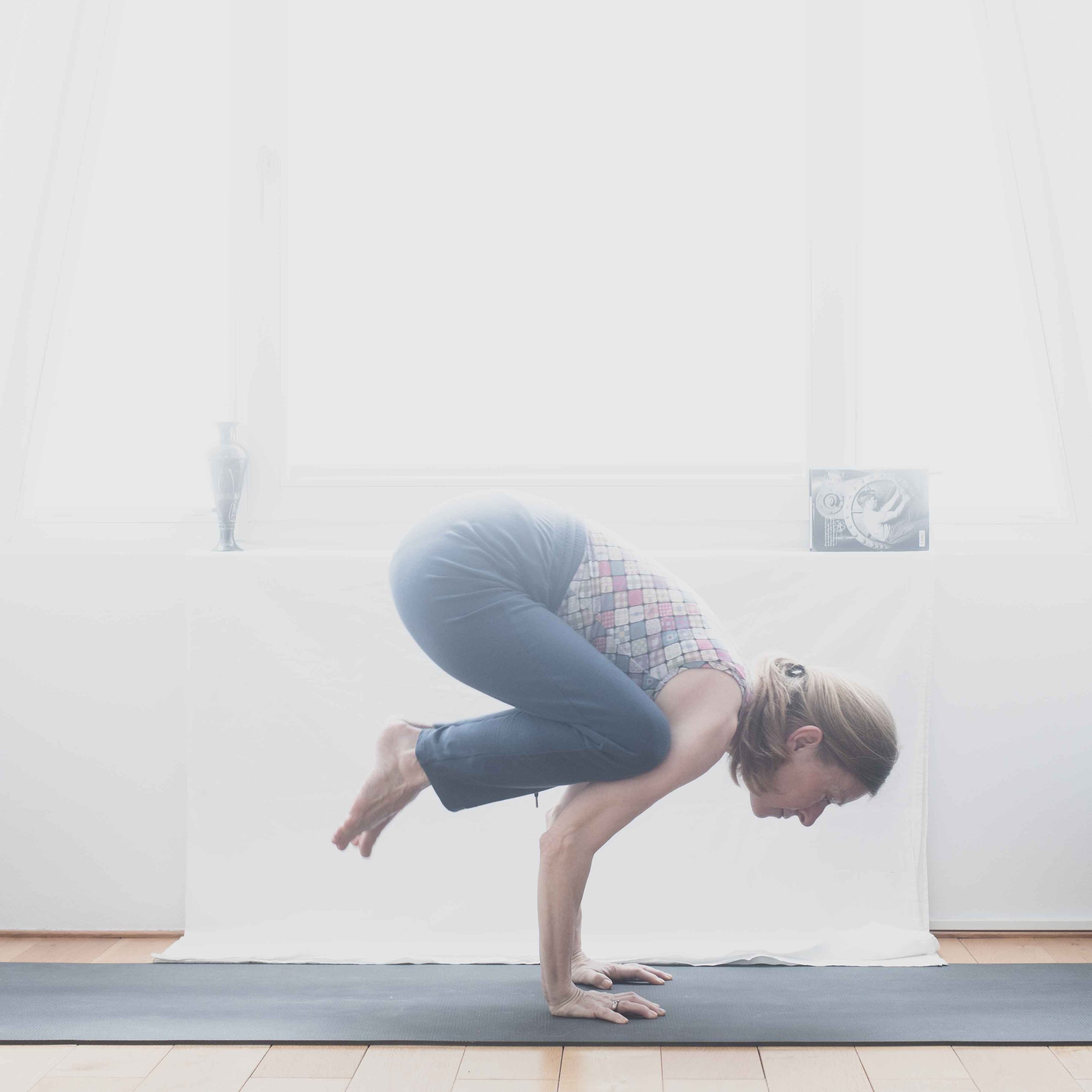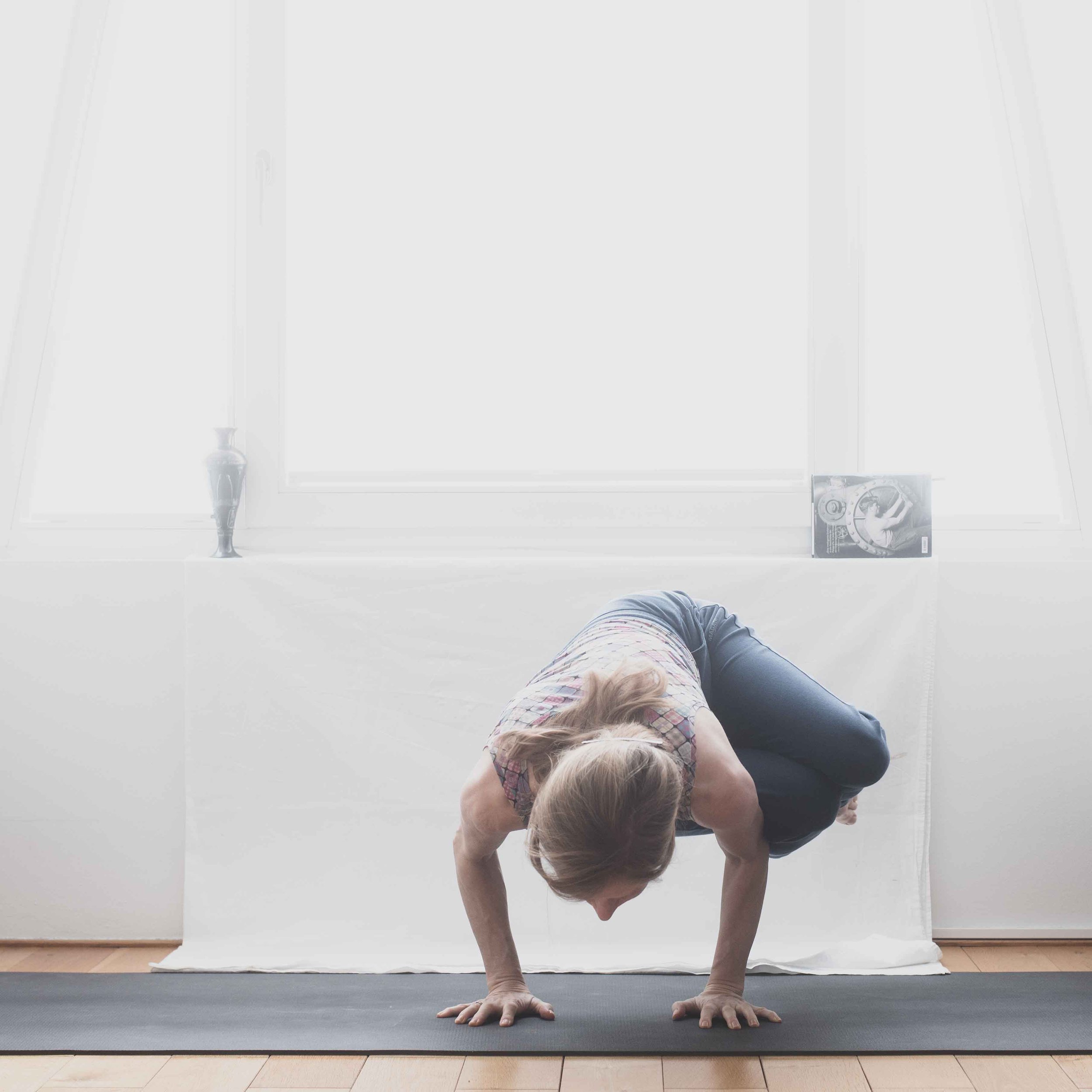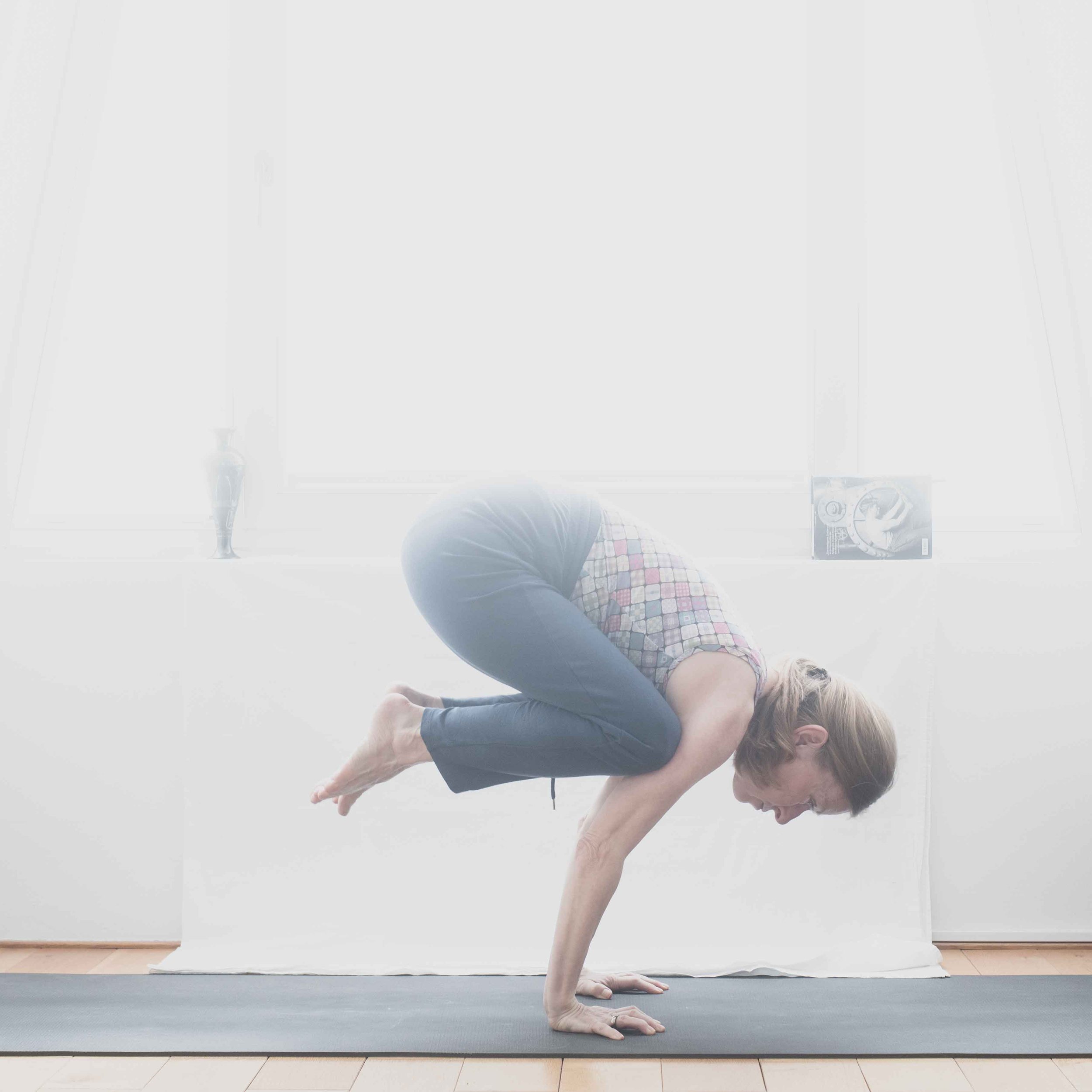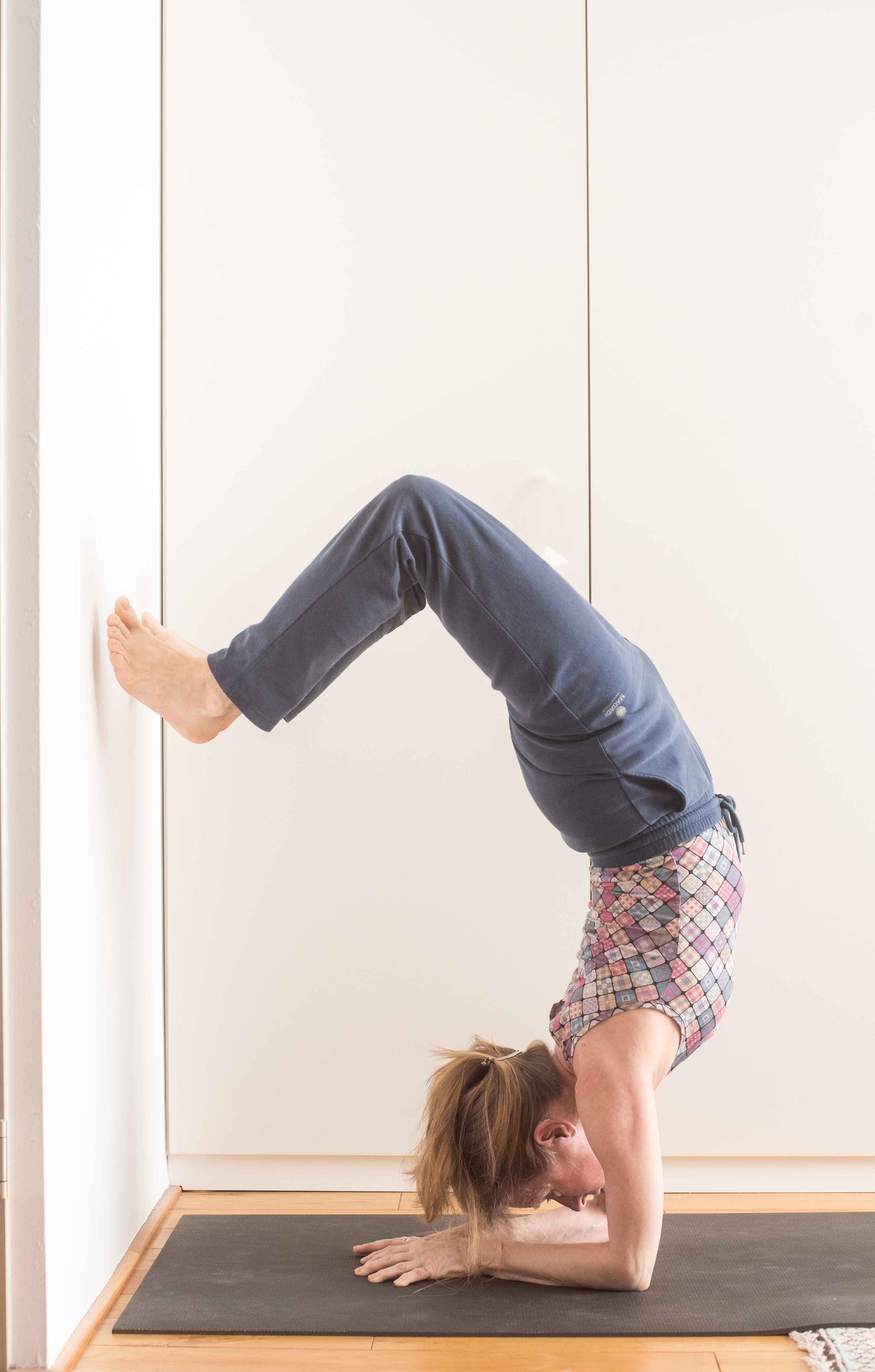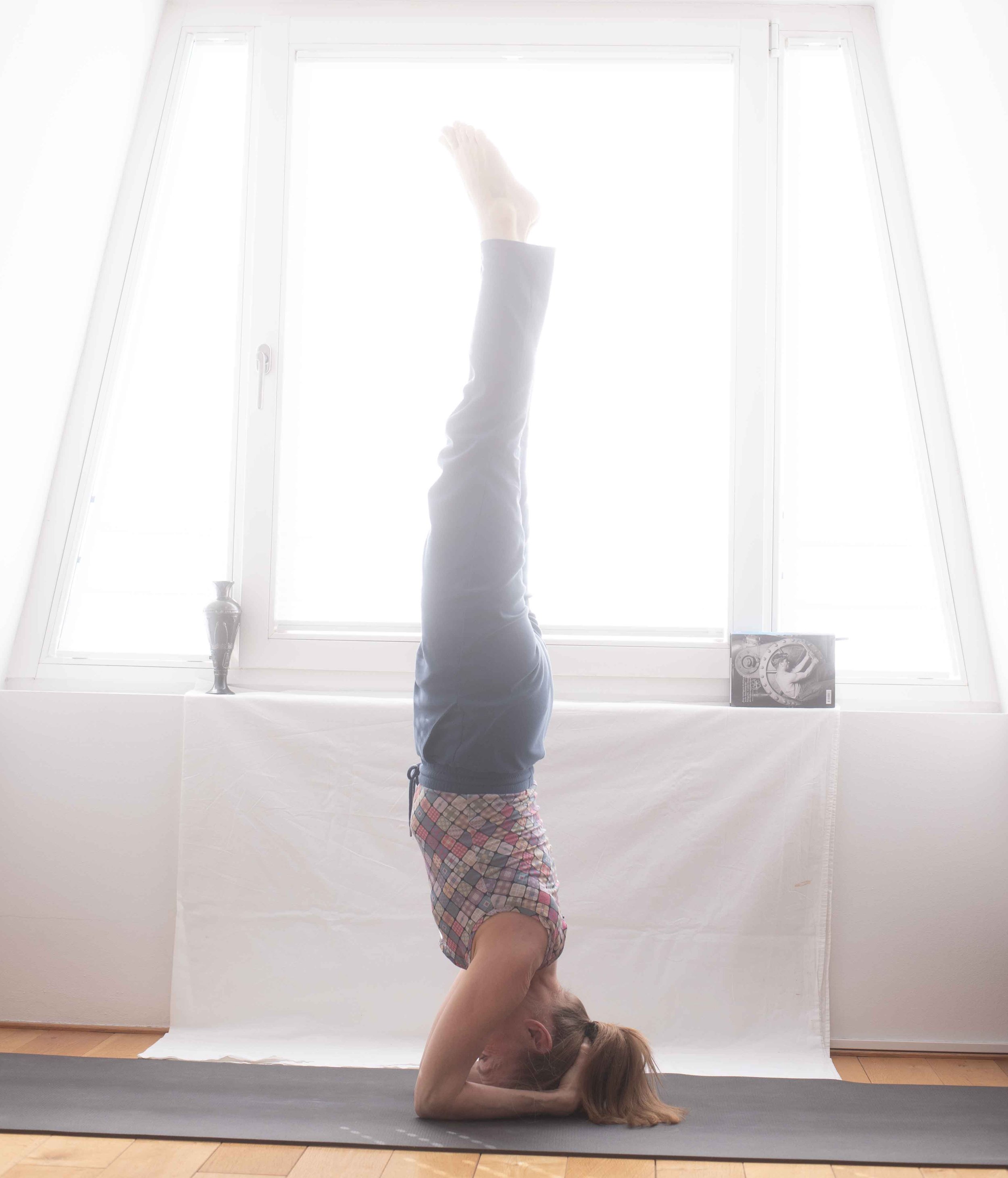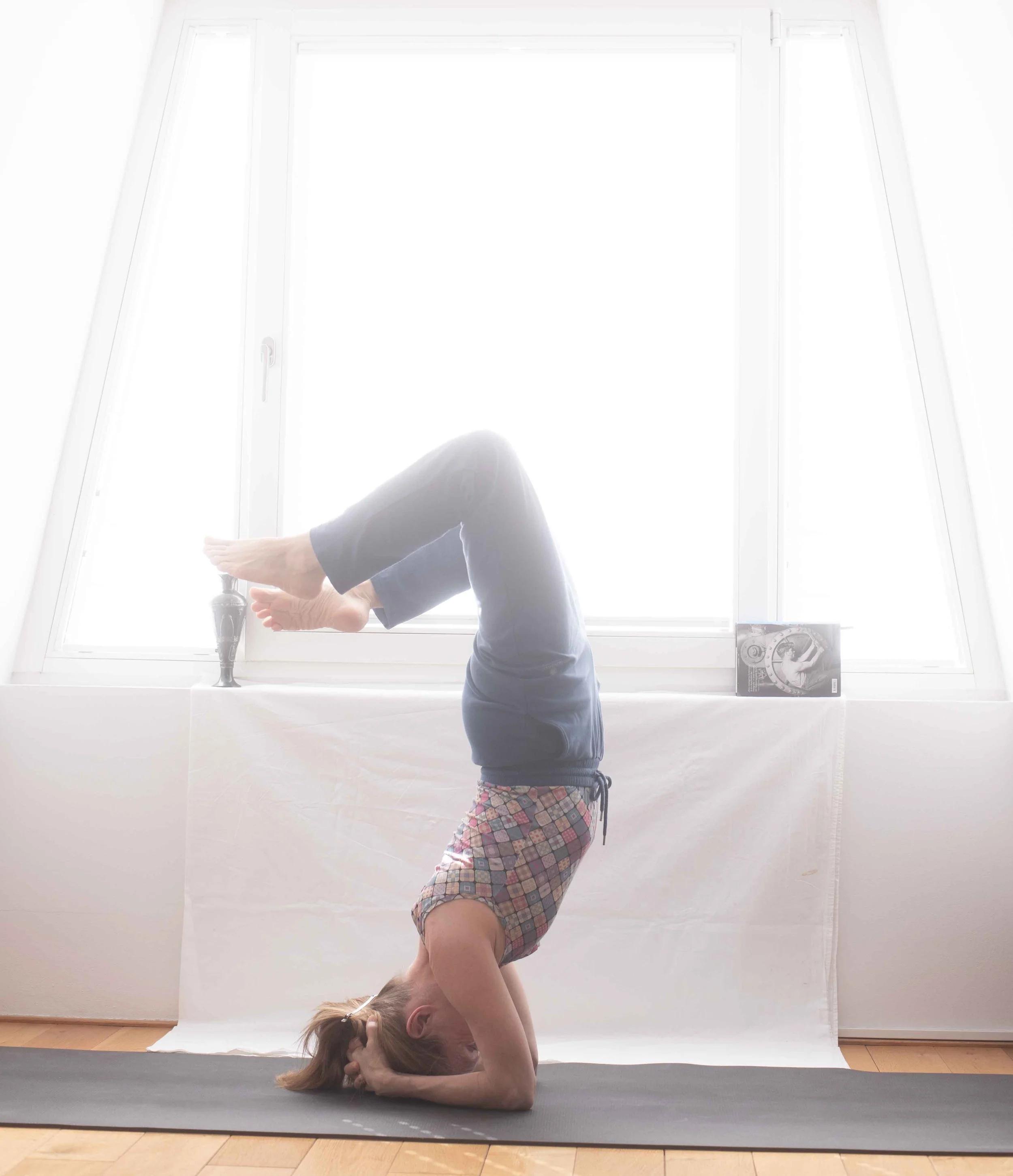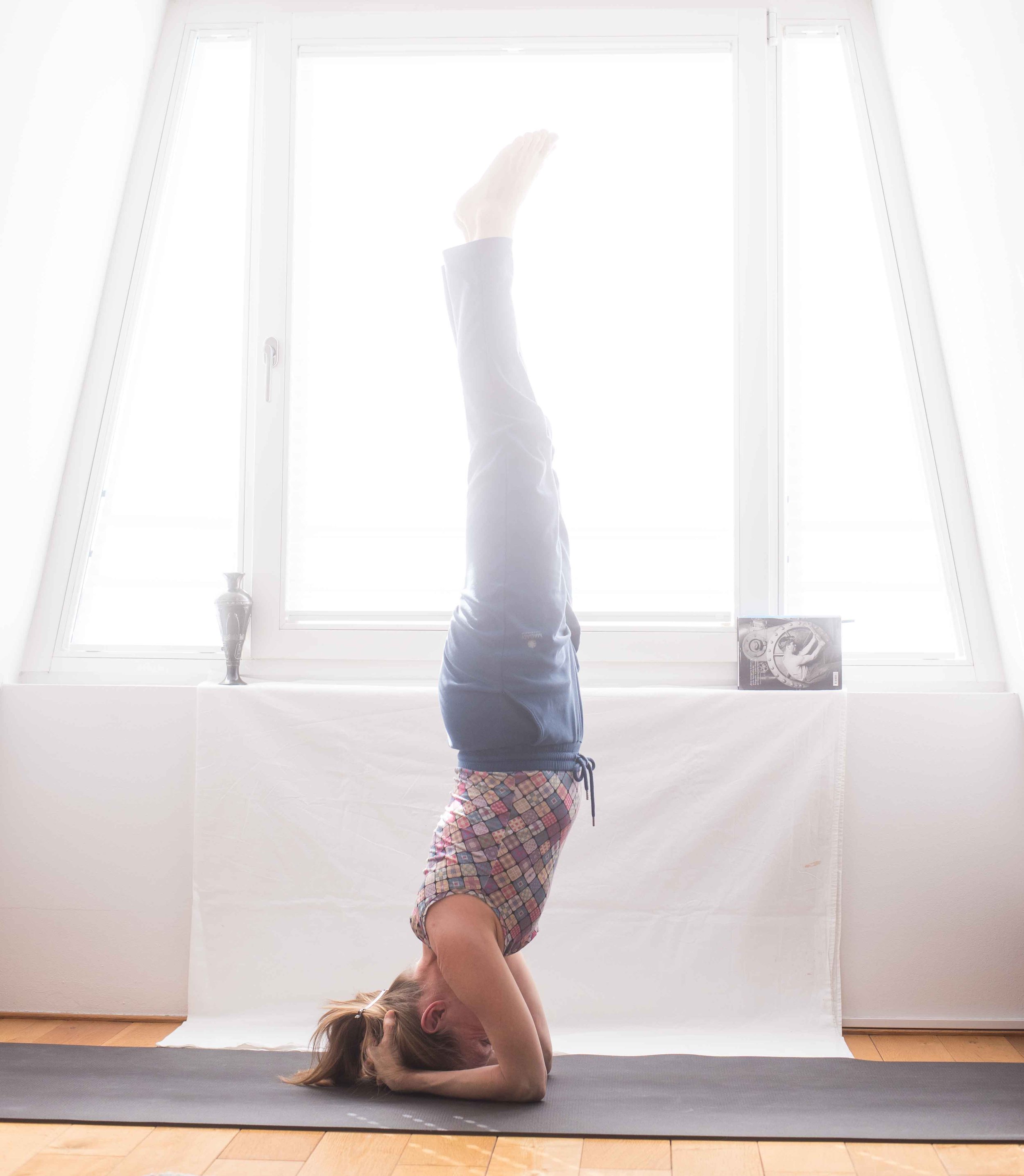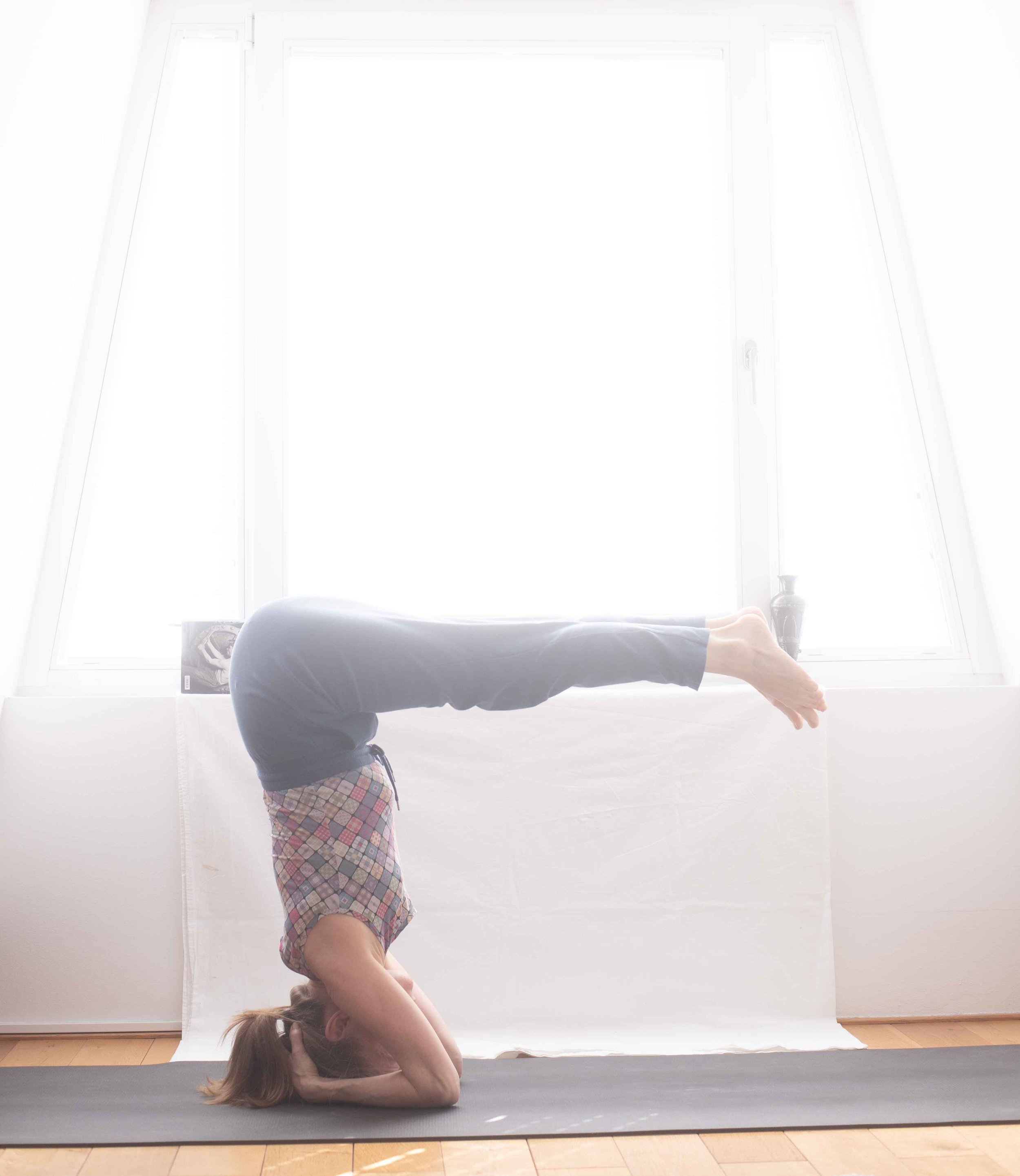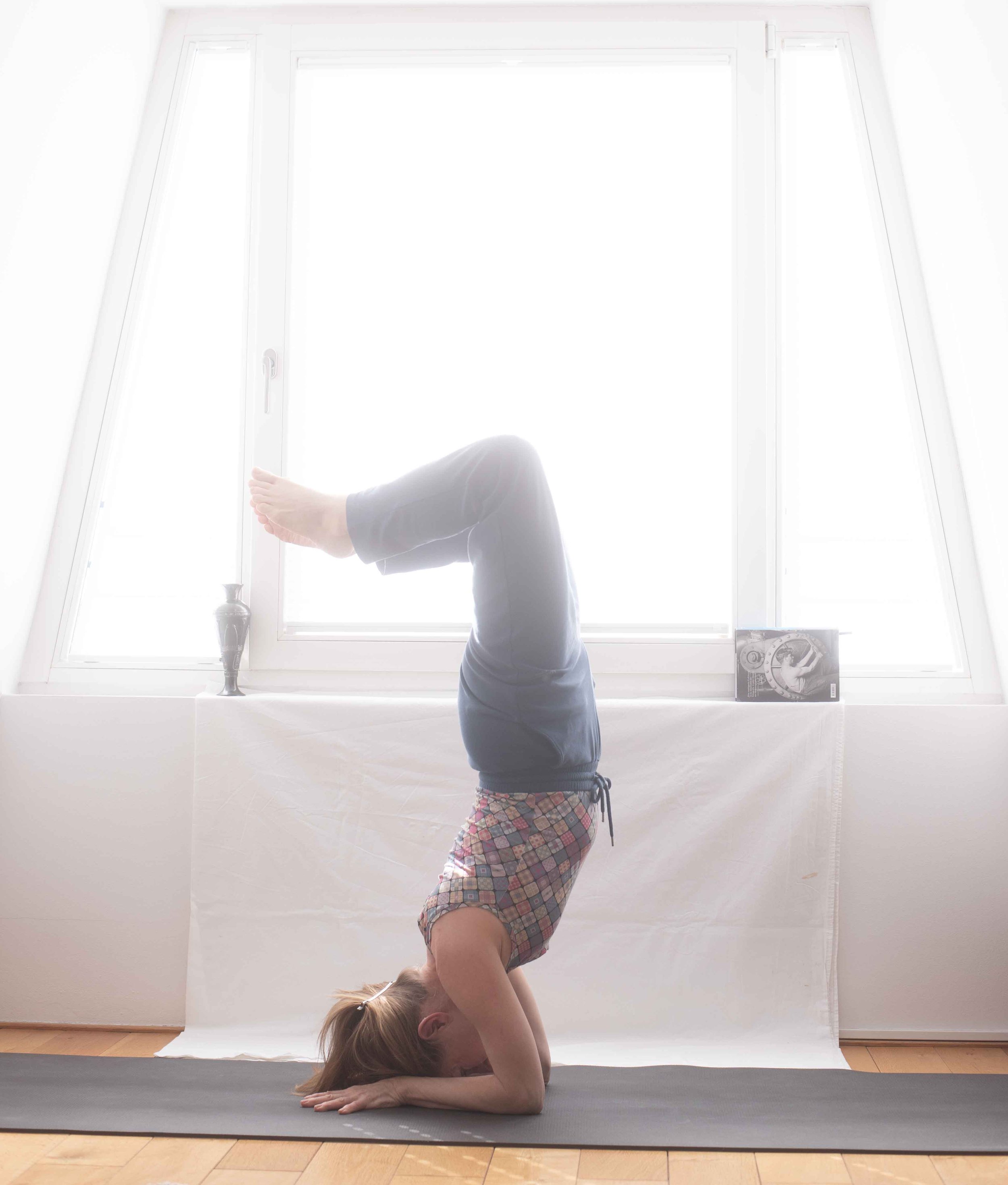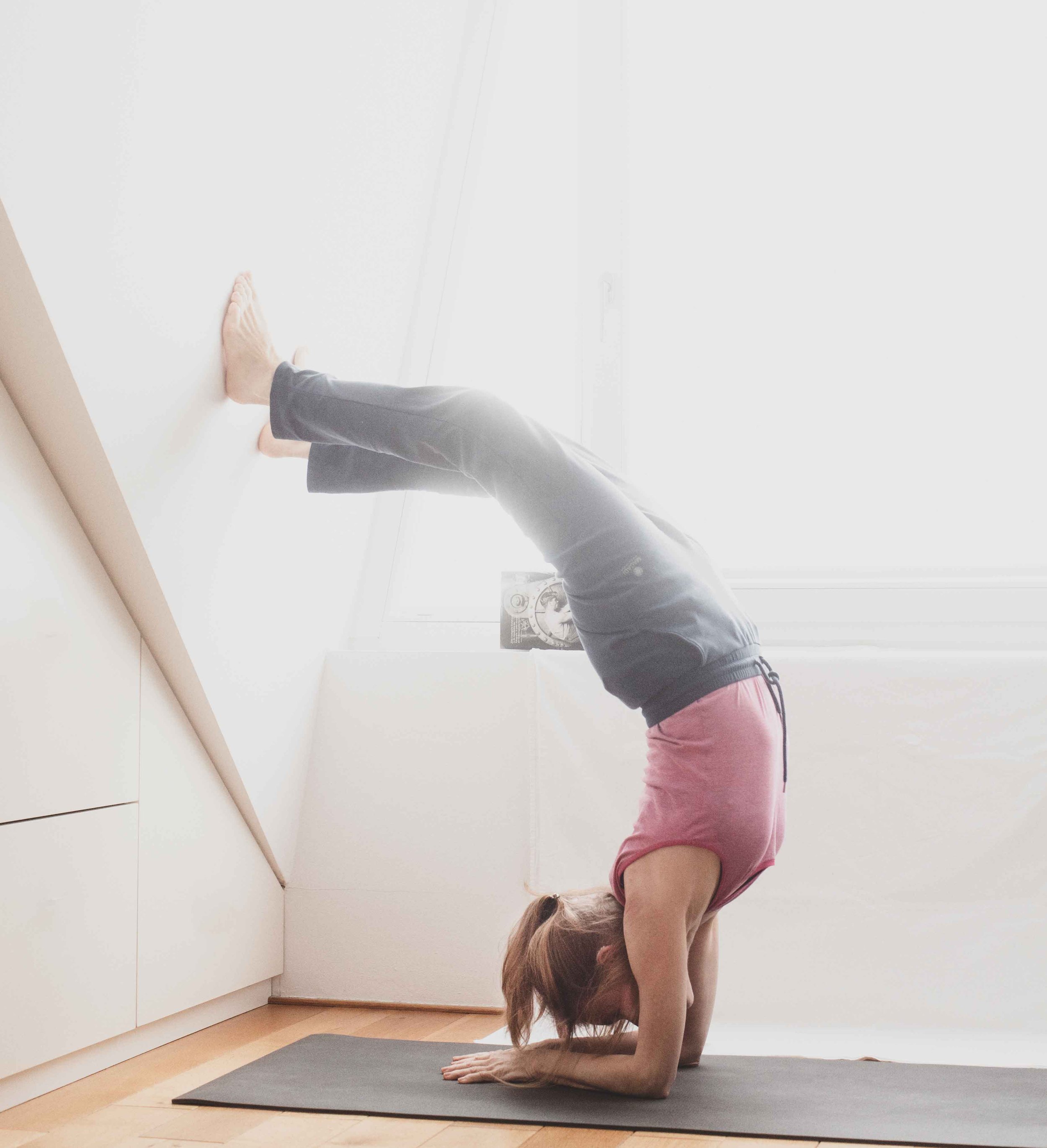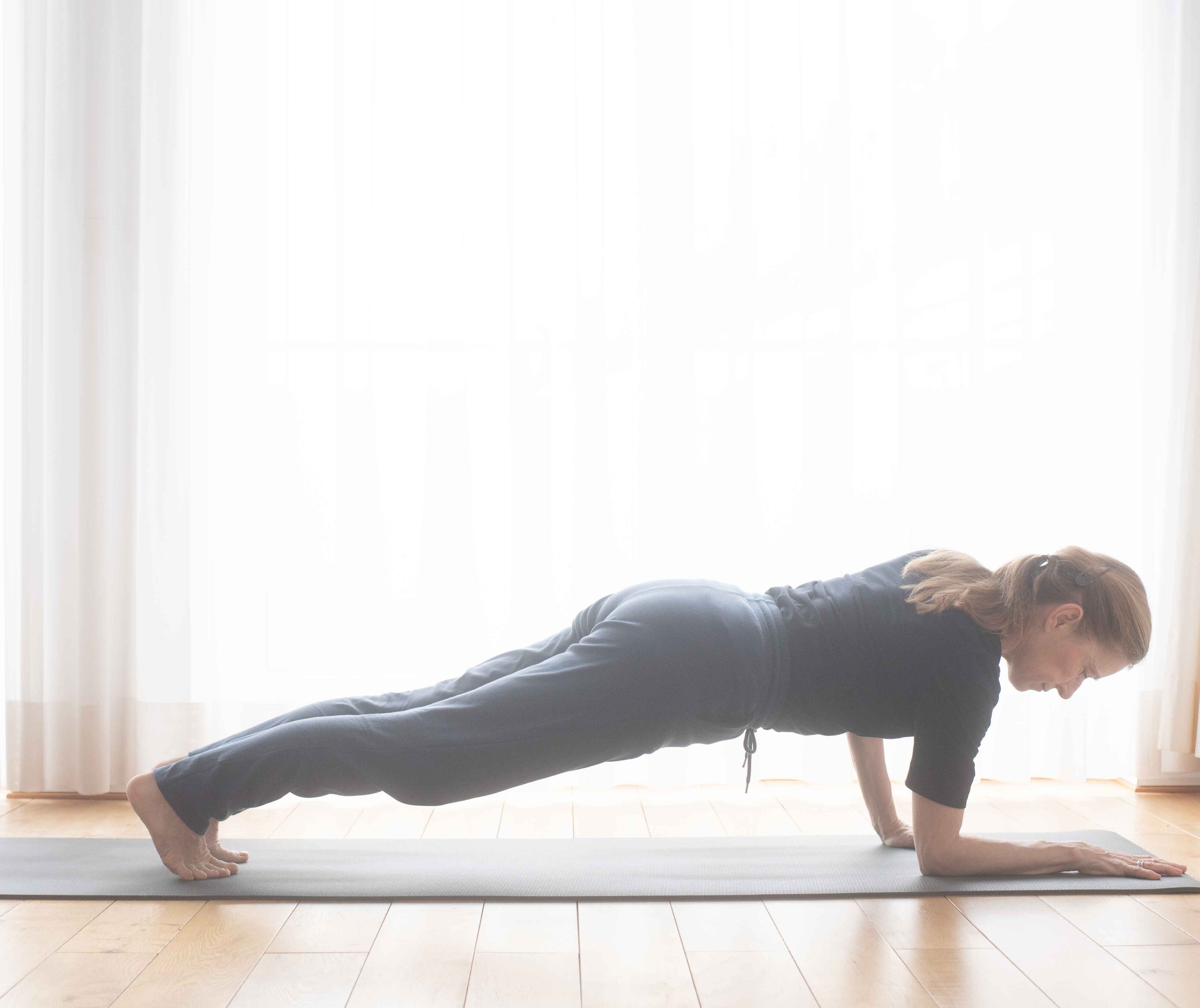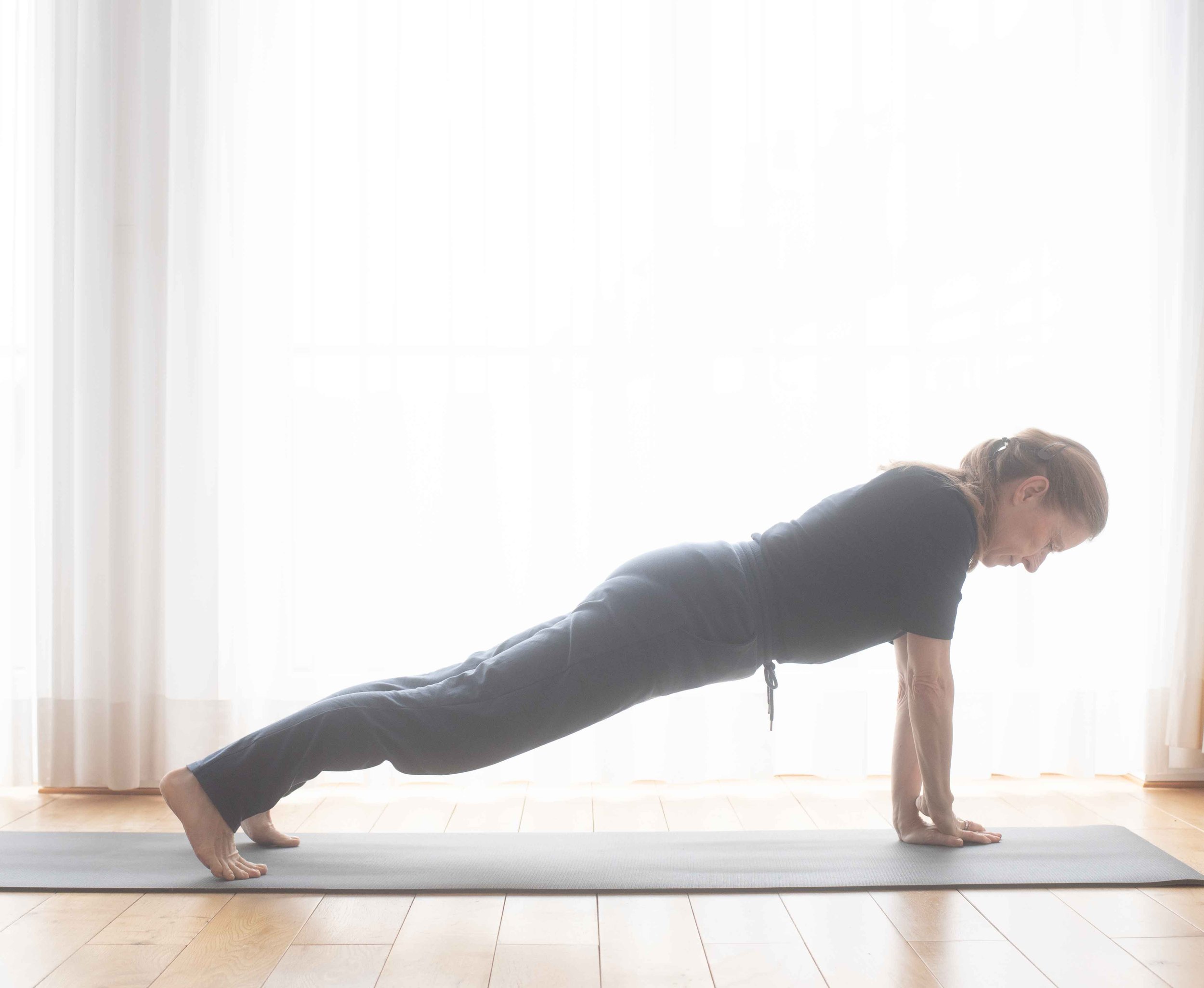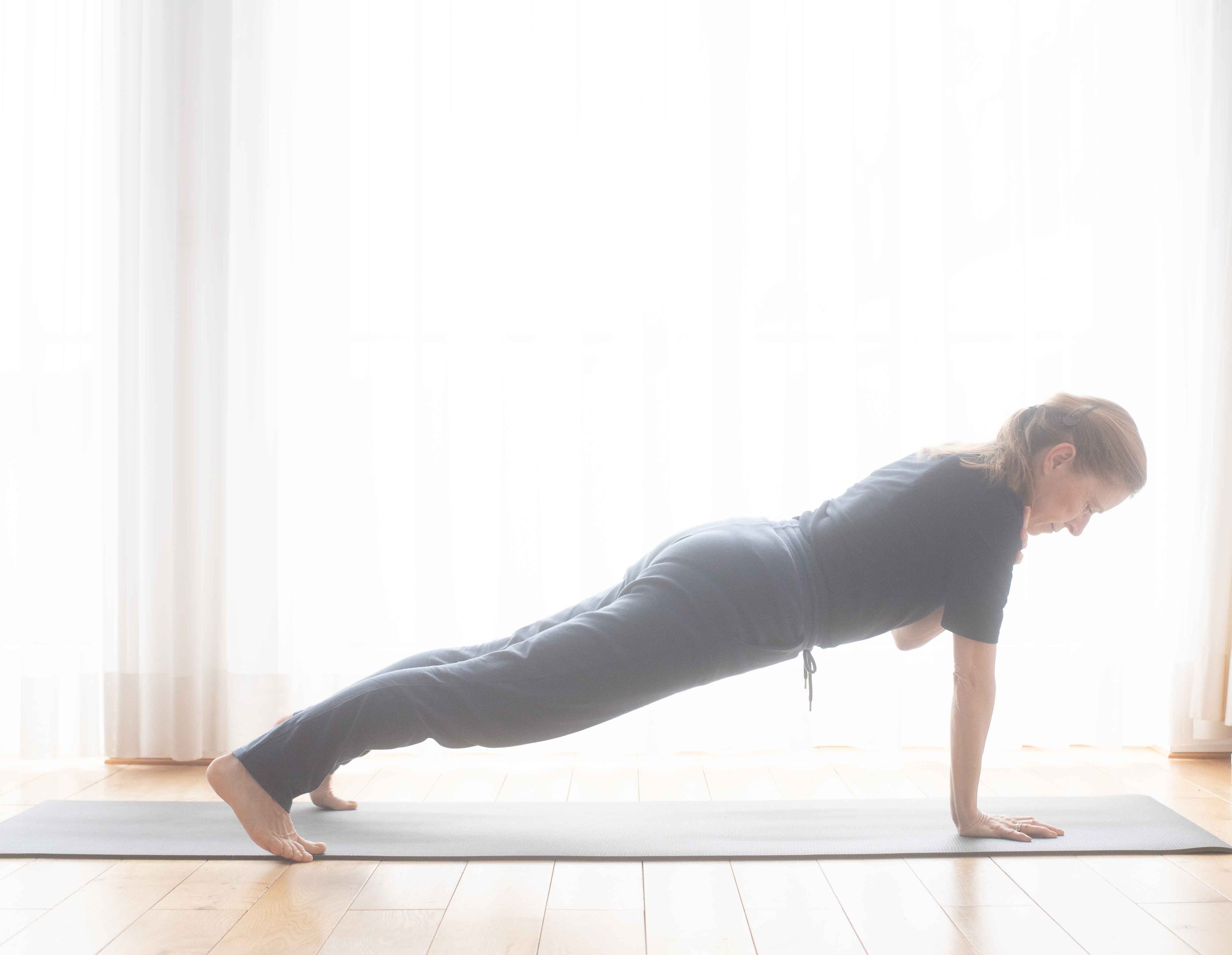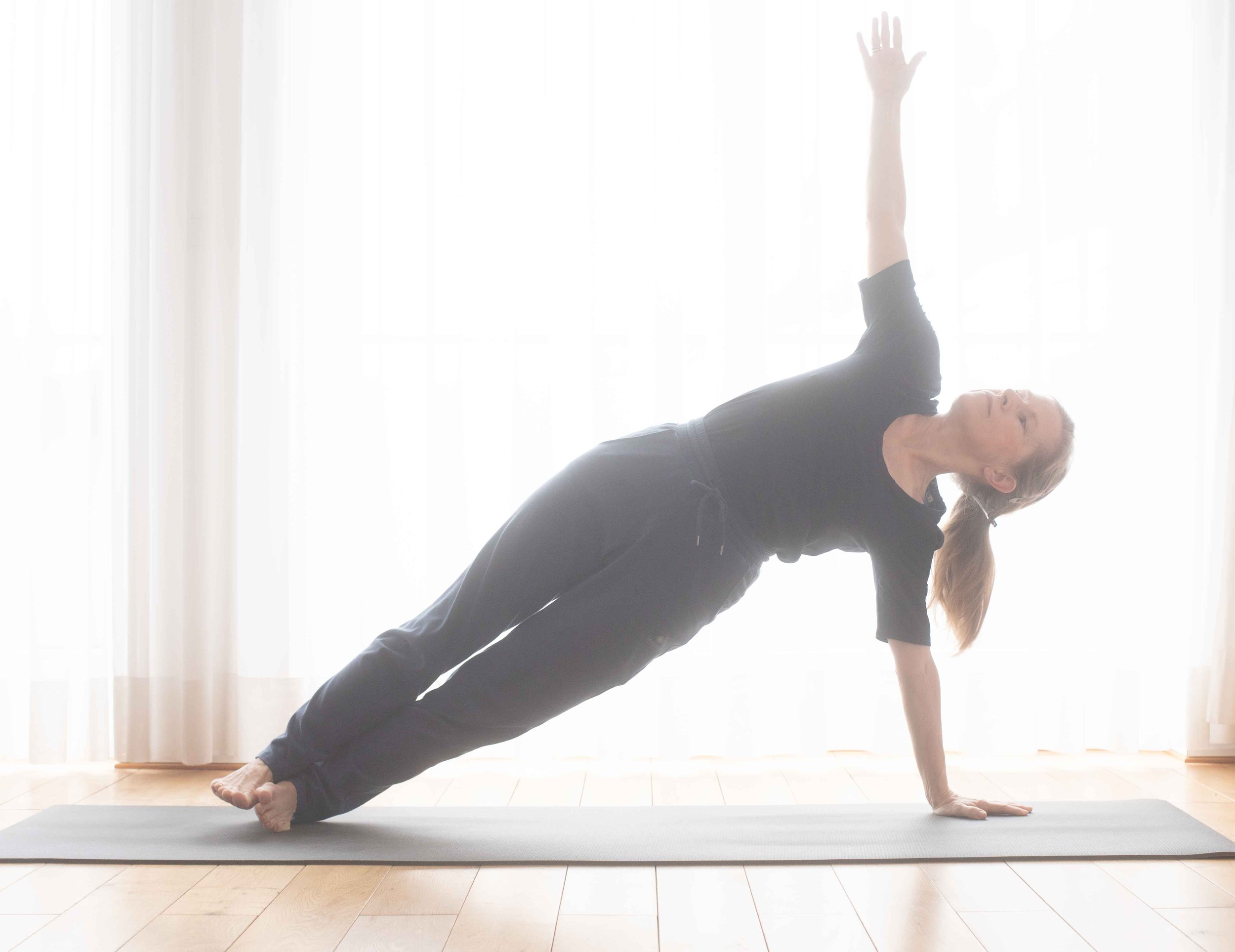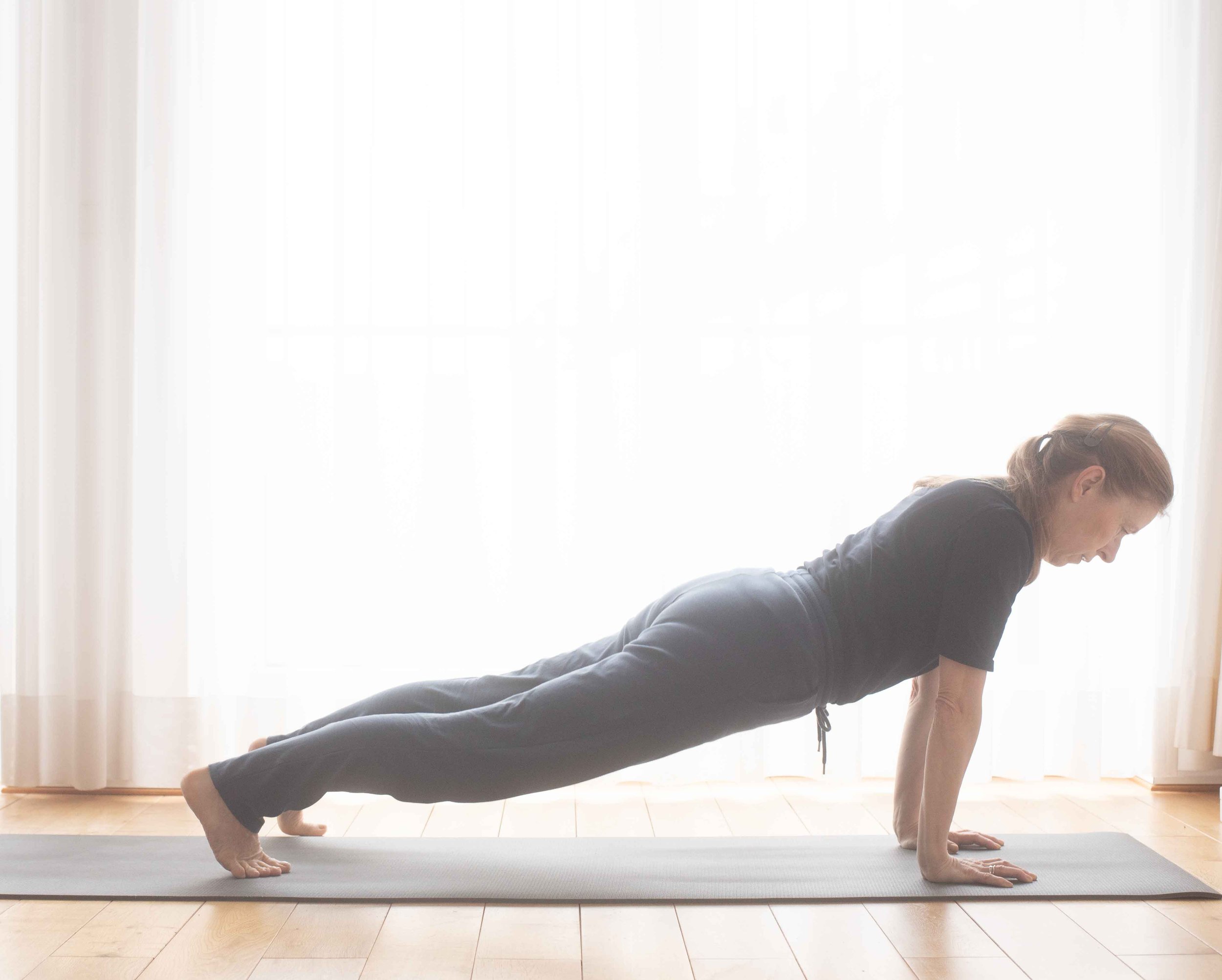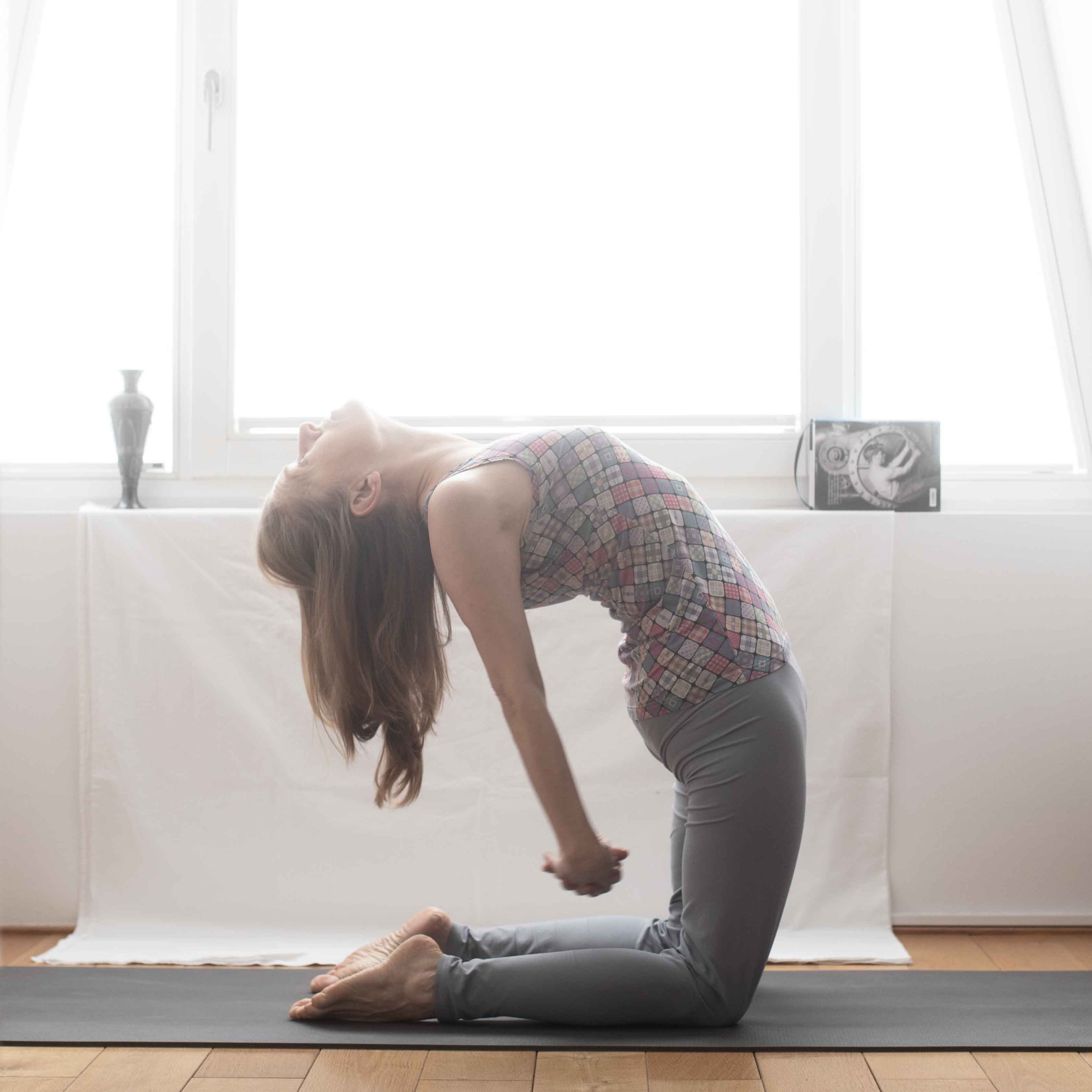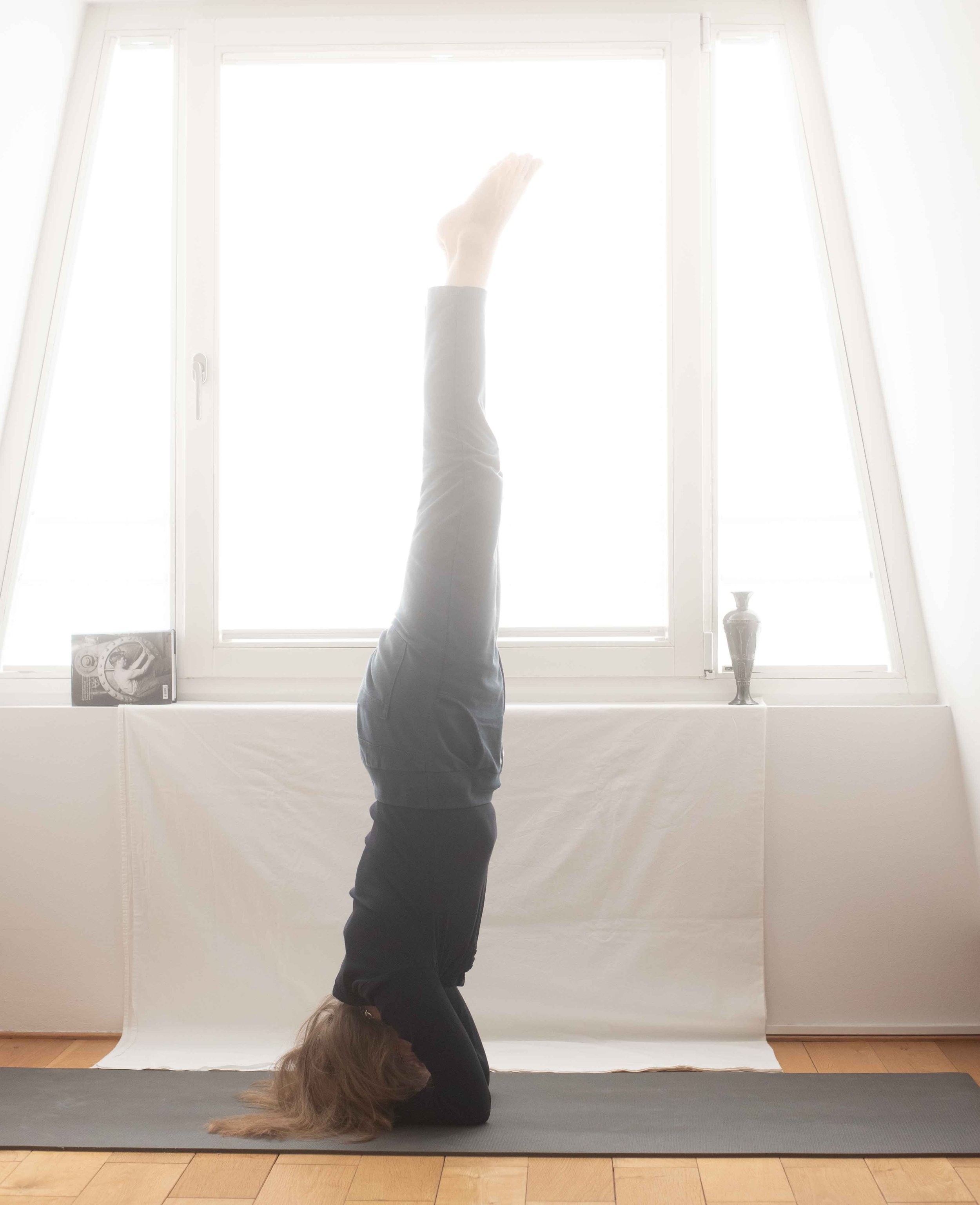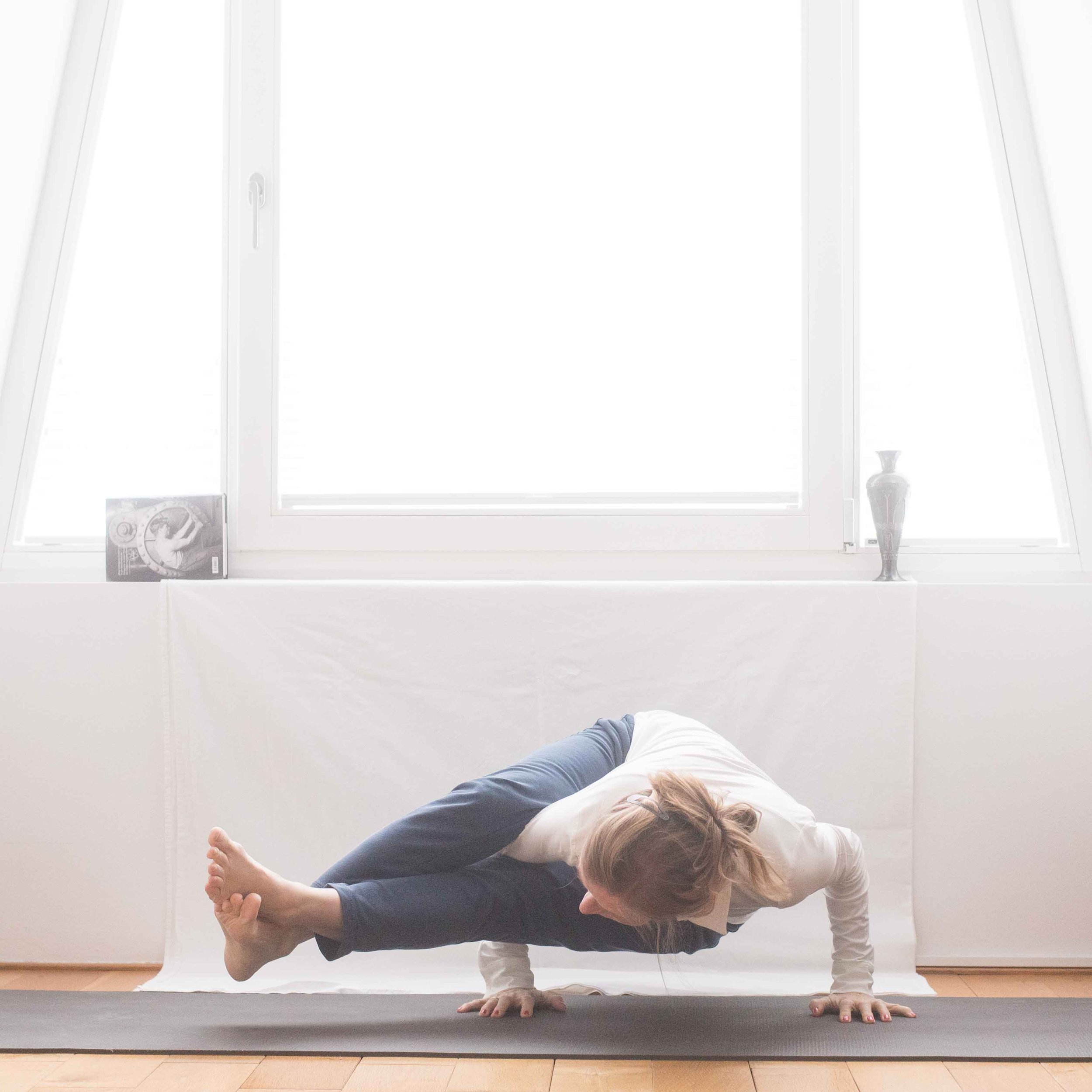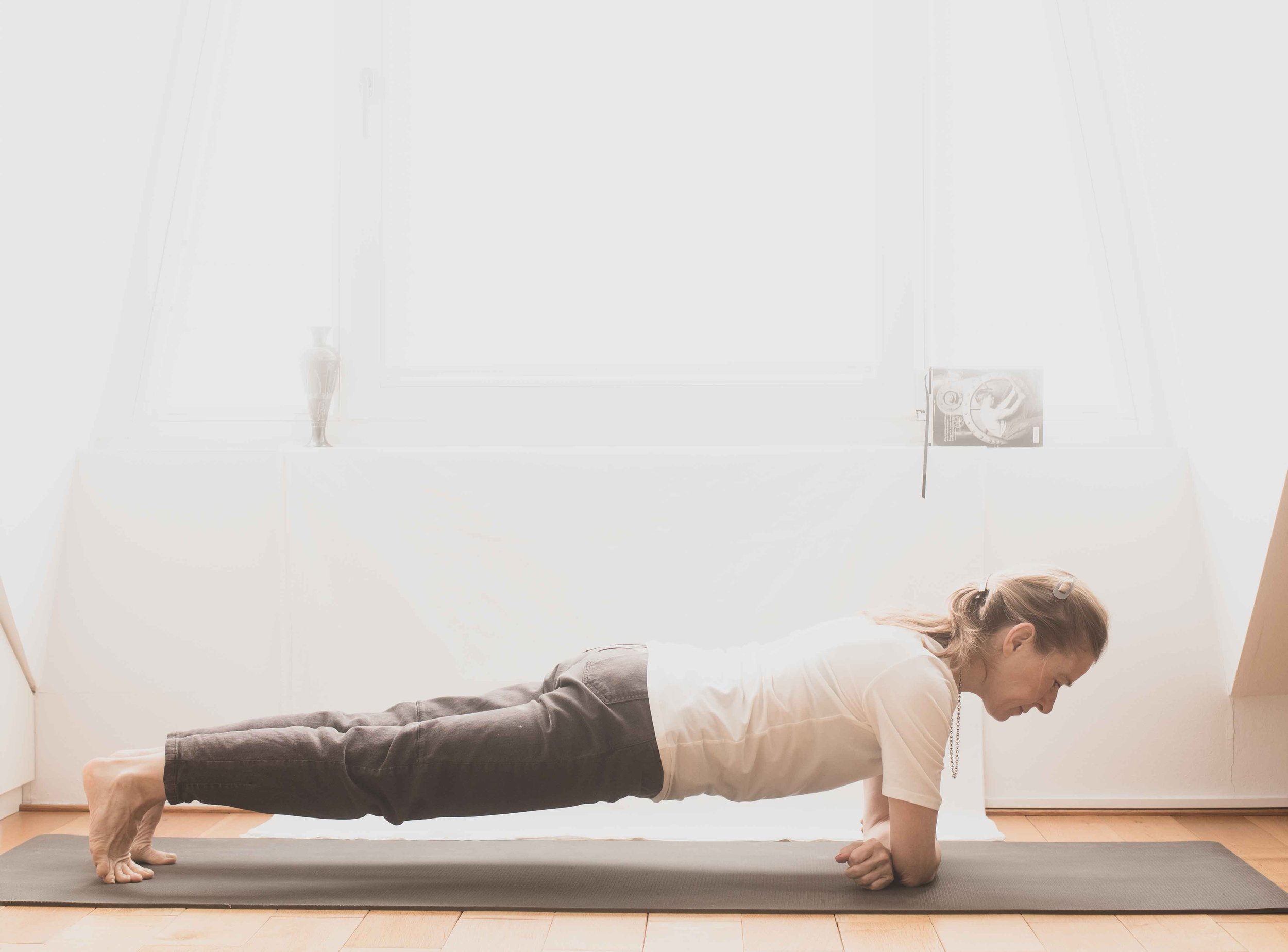I read a very interesting book at the weekend. It's called 'The art of practice' and was written by a juggler called Laido Dittmar. Laido Dittmar works for the Cinque du Soleil. I came across him via a Facebook ad. The book is not available on Amazon. This is also not an affiliate link.
The best way to learn is from masters who have had difficulties themselves and have overcome them. Laido was born into a circus family, but only started juggling late in life at the age of 17. By then he was already considered far too old. He also had immense difficulties reaching a very good level.
Laido has interviewed and studied the artists who are considered talents. He wanted to know what they do differently.
He looked into the question of how to train more effectively.
And he came across quite a few things.
For one thing, the talents themselves don't know what they do differently from those who remain mediocre. You can't ask the difference, you have to observe it.
This is one of the differences that makes a huge difference in training and is much more effective than what most people do:
The difficult movements or skills are practiced first by the best. You challenge yourself at the beginning of a workout, not at the end. Every day you look for new challenges and try to get a little bit better.
The normal practitioner spends time on warm-ups and routines before learning new movements, before tackling new challenges in that area.
I just needed to hear that so clearly.
I've known for a long time that it's nonsense to practise Ashtanga for two hours and then practise the most difficult pose at the end, for example kapotasana. For years, I practiced the entire 1st series first, then the 2nd series immediately afterwards, until I reached the pose that I could no longer do. That was kapotasana.You have no strength, no energy, no focus anymore at the end. You end up torturing yourself. I was usually exhausted after two hours of Ashtanga.
I saw something similar in the Mysore classes when the bridge is practiced at the end of the first series. The bodies were exhausted. The yogis were lying on the floor and had to or wanted to push themselves into the pose again. Then they succeeded. Effective practice is different.
I'm going to change the order of the asanas even more radically than I have done so far.
Laido Dittmar wrote that even the warm-up is sufficient, but not excessive, for those who are considered talented.
For me, this would mean: sun salutations and then slowly but surely practicing the difficult asanas. Twenty minutes of backbends before you get weaker. The series can then follow. It doesn't matter whether you leave out one asana or another.
This book will change the way I build up my yoga class again.
It will allow me to practise much more effectively. I will torture myself much less at the end of a strenuous practice. The difficult asanas will already be behind me. The book gives more insights. It’s to the point. I highly recommend it.
Life is an experiment.









